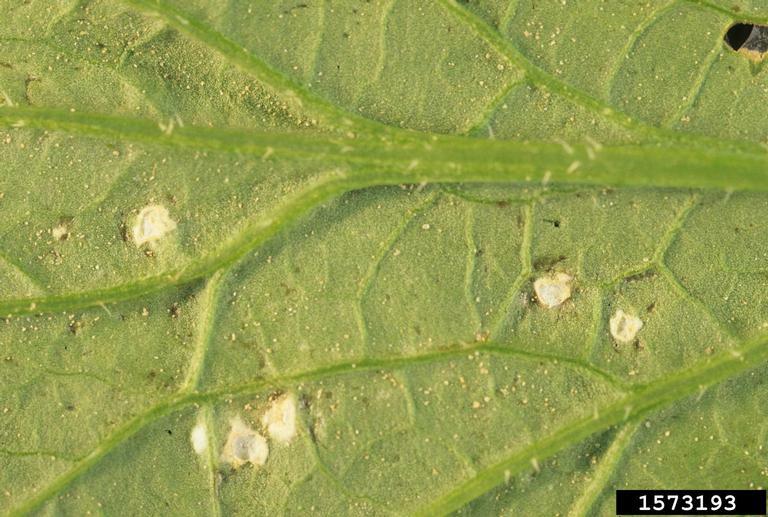Arugula
Description
Arugula, Eruca sativa, is a leafy annual vegetable in the family Brassicaceae which is grown as a salad green. The arugula plant possesses a rosette of basal leaves which grow low to the ground. The leaves of the plant are deeply lobed and dull green in color. The plant produces clusters of white or light yellow flowers which will develop into a seeded fruit. Arugula will reach maturity after 45–60 days and can reach a height of 20–100 cm (7.9–39.4 in). Arugula originates from the Mediterranean regions of Morocco and Portugal.
Crop Details
Scientific Name: Eruca sativa
Common Name: rocket (En); roquette (Fr); rucola (Italian); rugula (Sp)
Uses & Benefits
Arugula is a leafy green vegetable that's low in sugar, calories, and fat, but high in essential nutrients like calcium, potassium, folate, and vitamin C. It's also packed with antioxidants and glucosinolates, which may help combat inflammation and promote overall health. Arugula is an excellent source of vitamin K, which is essential for bone health and may help prevent osteoporosis.
Arugula leaves are sharp tasting and can be used in salads or as a seasoning. They can also be cooked prior to consumption.
Propagation
Basic requirements
Arugula is best grown in the cooler temperatures of Spring and Fall as summer temperatures trigger flowering and the leaves become excessively bitter. Arugula grows best in full sun in a rich, well-draining soil with a pH between 6.0 and 8.0. The plants can tolerate some light shade, particularly in hotter temperatures.
Planting
Arugula is commonly direct seeded and can be planted 1 to 2 weeks before the last frost date. Seeds can also be started indoors 4-6 weeks prior to the last frost to get a head start on the growing season. Arugula grows best in cool temperatures but can be damaged by frosts so it is best to provide it with cover if a late frost is forecast. Plant seeds by sprinkling on the ground and lightly covering with soil. Keep the soil moist. The seeds should germinate in 3 to 10 days.
Harvesting
Arugula is ready to harvest in about 40 days. Harvest leaves from the outside of the plant by pinching them off with your fingers or snipping them with a pair of scissors. The center of the plant should be left undisturbed to promote new growth.





